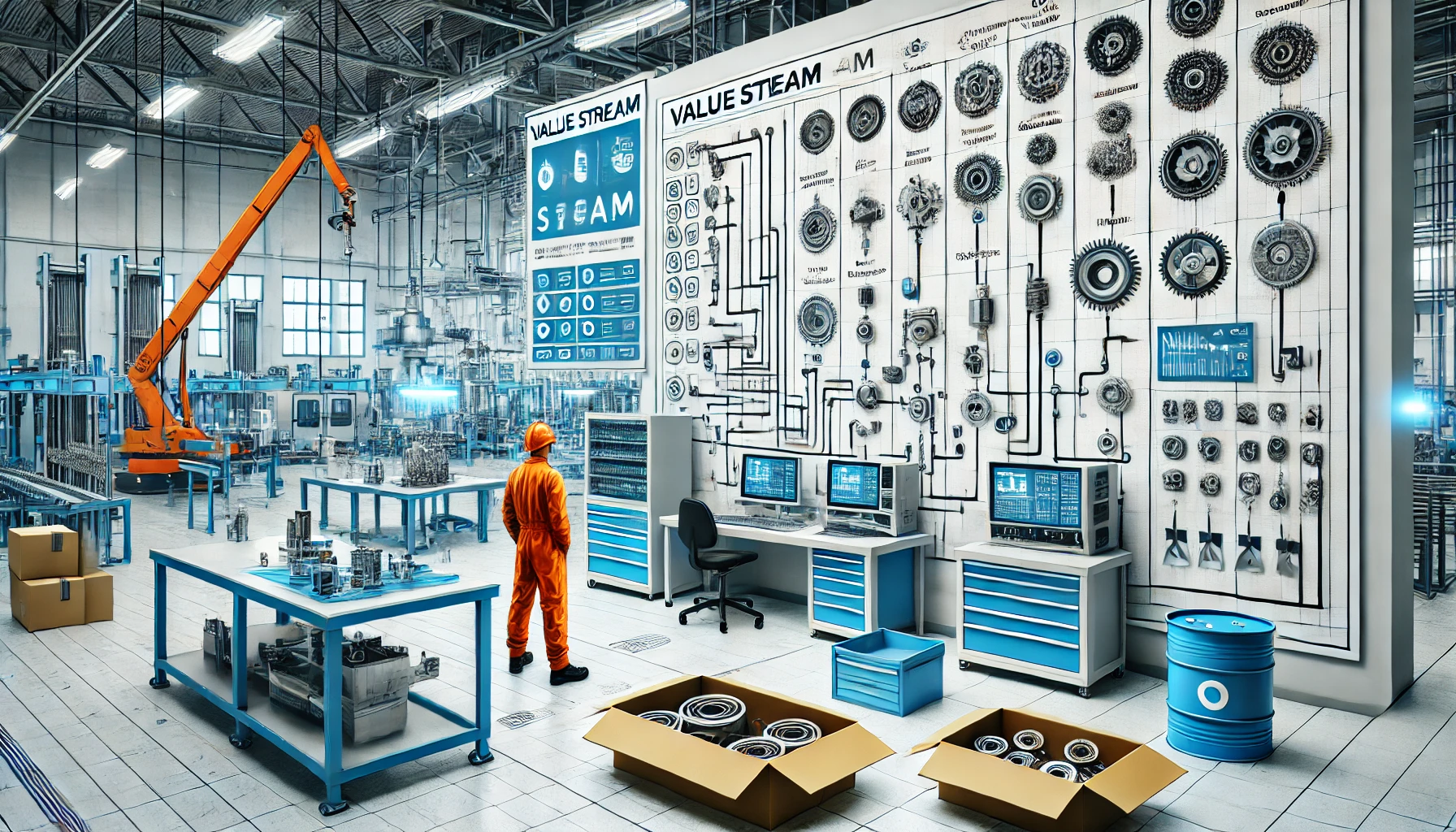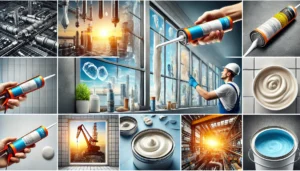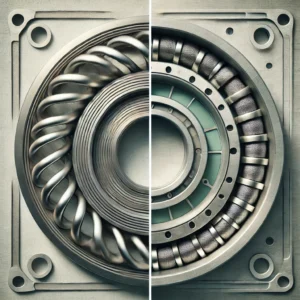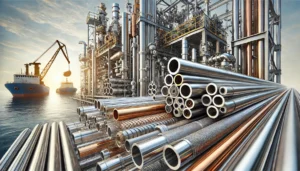In every sector of business where raw material standards and quality is of most importance, the quality of compliance of standards is verified through Material Test Certificates (MTCs). MTCs are of two types one is Type 2.2 and the other is Type 3.1, these are the best used types with some differences in their levels of verification and assurance. It is fundamental to comprehend the differences between these certificates so as to enable one choose the right material with respect to the project at hand and the industry standards.
What is a Type 2.2 Material Certificate?
Type 2.2 Material Certificate is an international standard issued by a manufacturer known as Type 2.2 Certificate which can also be known as Material Certificate in the steel industry. This type can be termed as Declaration Certificate in which the tests results are supplied by the manufacturer which are done in-house keeping in mind the manufacturer’s control and quality testing policies. These tests prove the basic relevance of materials according to the standard but the question is when there is no thorough-international standard for the testing, then how are the results reliable?
A Type 2.2 certificate usually describes the composition such as percentage of carbon, sulphur, manganese, and details including the yield strength and tensile strength of a material. However, the key point to note is that testing and verification activity is undertaken by the manufacturer in-house, with no involvement of any independent inspecting authority.
This kind of certificate is called a non-specific form of inspection, as it does not contain any endorsements or testing against any generic material or basic standards on a global scale. To acquire a Type 2.2 certificate can be said to be more or less essential in regards to the provision of minimal coverage regarding material standards and their usage practicalities.
What is a Type 3.1 Material Certificate?
For a Type 3.1 Material Certificate, on the other hand it should be noted that the verification and assurance coverage is on a higher level as compared to other types of certificate material. It is in fact a certificate that certifies that the materials in question have been subjected to some level of testing in order to certify a particular standard. Testing is managed by examination arm that works separately from the rest who works at the manufacturing site.
The testing of this type of certificate aims to determine the chemical composition mechanical properties and the level of the material being scrutinized. The only issue with this inspection is that it is managed by a subordinate but this does not stop its objectiveness and accurateness as the subordinate deals with other areas of manufacture.
Type 3.1 certification belongs to category of for specific inspection, since it meets a number of criteria and contains detailed evidence of the quality and performance parameters of the material. This level of trust allows them to be used in applications where the issues of reliability and compliance are very important, e.g., in the oil and gas, aerospace, and power generation sectors.
Over All Trust Parameters: 3.1 certification vs 2.2 certification
The suffering angle of the two certificates is the verification process and the trust area the certificates give. A type 2.2 certification is based on a declaration that the internal test certified, with the basic level of confidence being met. On the other hand, type 3.1 covers the test that conforms to standards and consequently meets a better level of quality assurance on the material.
Claim Process: Type 2.2 entails the manufacturer’s internal tests and type 3.1 involves approval of an independent internal agency.
Criteria for Testing: Certificates Type 2.2 are approved according to the internal standards of a manufacturer, but the ones of type 3.1 are certified according to accepted and known world standards.
Degree of Confidence: Type 2.2 has operating margins at a lower level of confidence, while Type 3.1 has medium trust margins because of meeting several inspection standards
Applications: Type 2.2 certificates are appropriate for non-critical applications; while Type 3.1 certificates are preferred in those critical industries where tight quality control is a must.
Applications and Implications
The decision to have a certificate of type 2.2 and 3.1 lies on the type of the application, the importance of the material and the risk level. Such basic applications like ordinary construction and normal industrial activities can do using a Type 2.2 without much problem. On the other hand, businesses operating in highly sensitive environments, like oil and gas, energy production, or aviation, typically need a Type 3.1 due to how exacting its quality control procedures are.
With accurate knowledge of the two different certificates and their requirements, businesses are able to be guided on how best to ensure the reliability as far as material, compliance and safety are concerned. There are also projects where the priority is maximum assurance or absolute minimum cost which are likely to be where proper selection of certification type becomes essential for success.










